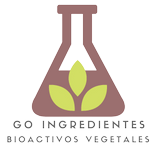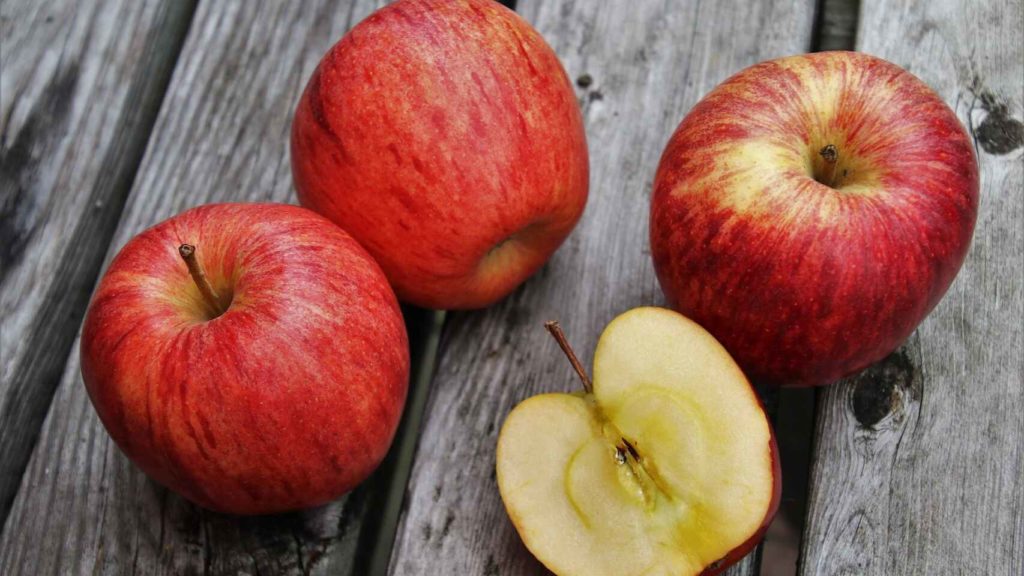The image of millions of lettuce rotting without being harvested on a farm in Yecla burst into a multitude of media outlets, both regional and national, last June. «Food is not thrown away», our parents taught us, and this fact went directly against that maxim. The background of the matter, however, is more complex and has behind it two apparently contradictory realities. On the one hand, the share of agricultural production that never reaches the market for which it has been cultivated is much higher than the consumer believes, to the point that the news from Yecla hardly reaches the value of an anecdote. On the other hand, it is not accurate to conclude that agriculture is riddled with wasteful practices. On the contrary, producers, distributors and scientists have been struggling for some time to extract the maximum use of every last stem that each harvest leaves behind. It is about the now so widespread concept of circular economy.
Francisco Artés Calero, emeritus professor at the Polytechnic University of Cartagena (UPCT), where he founded the Post-harvest and Refrigeration group, is one of the researchers looking for ways to “reduce the enormous losses that occur between the harvesting of fruit and vegetable products and its consumption”, and which the European Commission estimates at one third of world production. To this enormous figure, which is equivalent to more than 8 million tons of wasted food per year in Spain, deficiencies during storage or transport, problems in the cold chain and, above all, the discarding of products that do not reach one strict quality standards required, such as size, color, weight, presence of defects and sugar content. But the loss rate is still much higher if the product that is directly left unharvested is added to this volume discarded after harvesting, because it does not meet market requirements in terms of shape, size, color or maturation, or due to a significant drop in prices, as in the case of Yecla lettuce, for example. Each lettuce campaign, to continue with this vegetable, leaves behind it in the field, unharvested, around half of the production, because only «the head of the vegetable is extracted, which is what the consumer wants». Nor do those «lots of dots that we sometimes see in the field and which are melons that are not harvested because they have not reached the expected caliber or because they are stained by the sun» ever reach the user, exemplifies the researcher.


